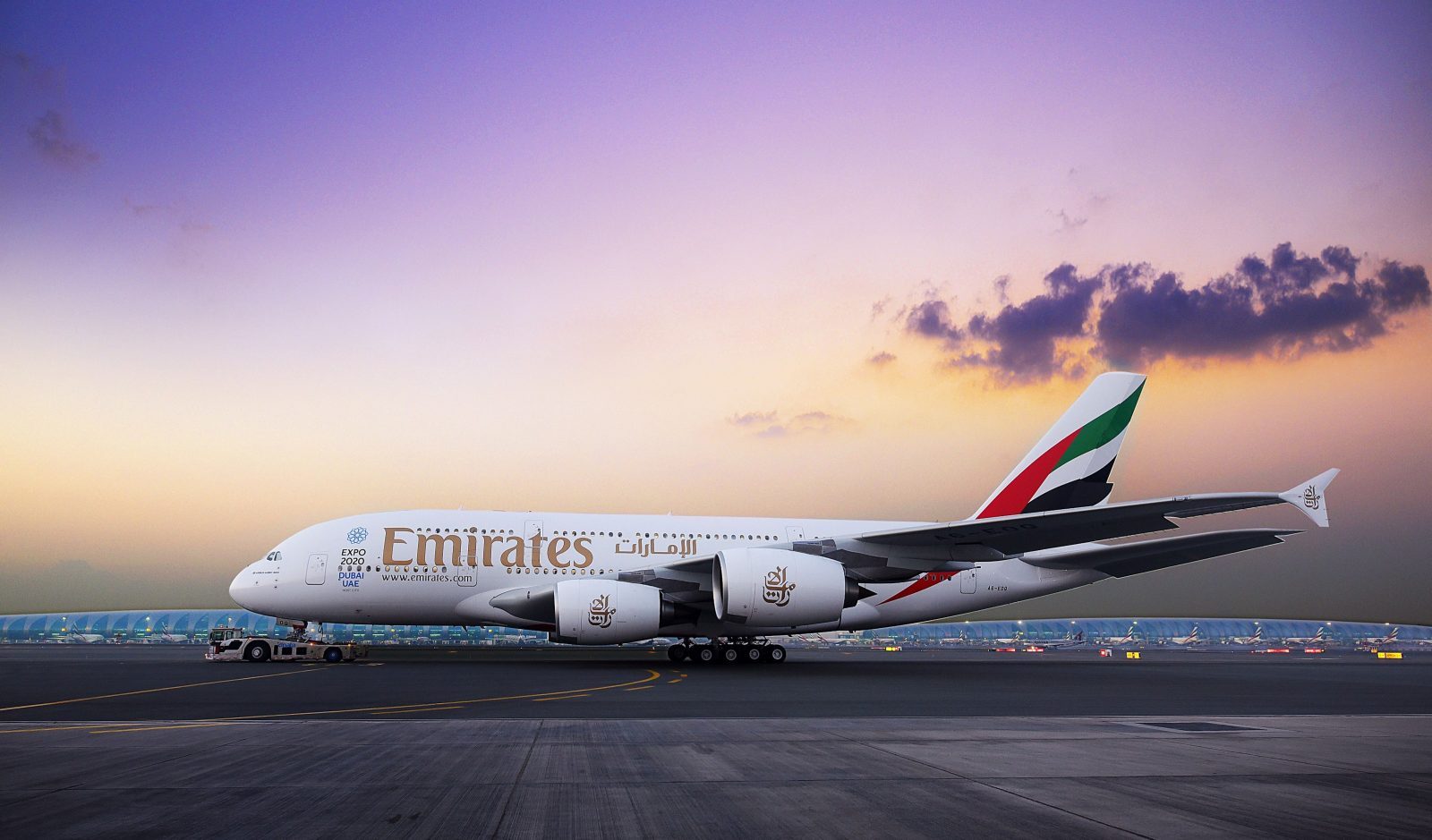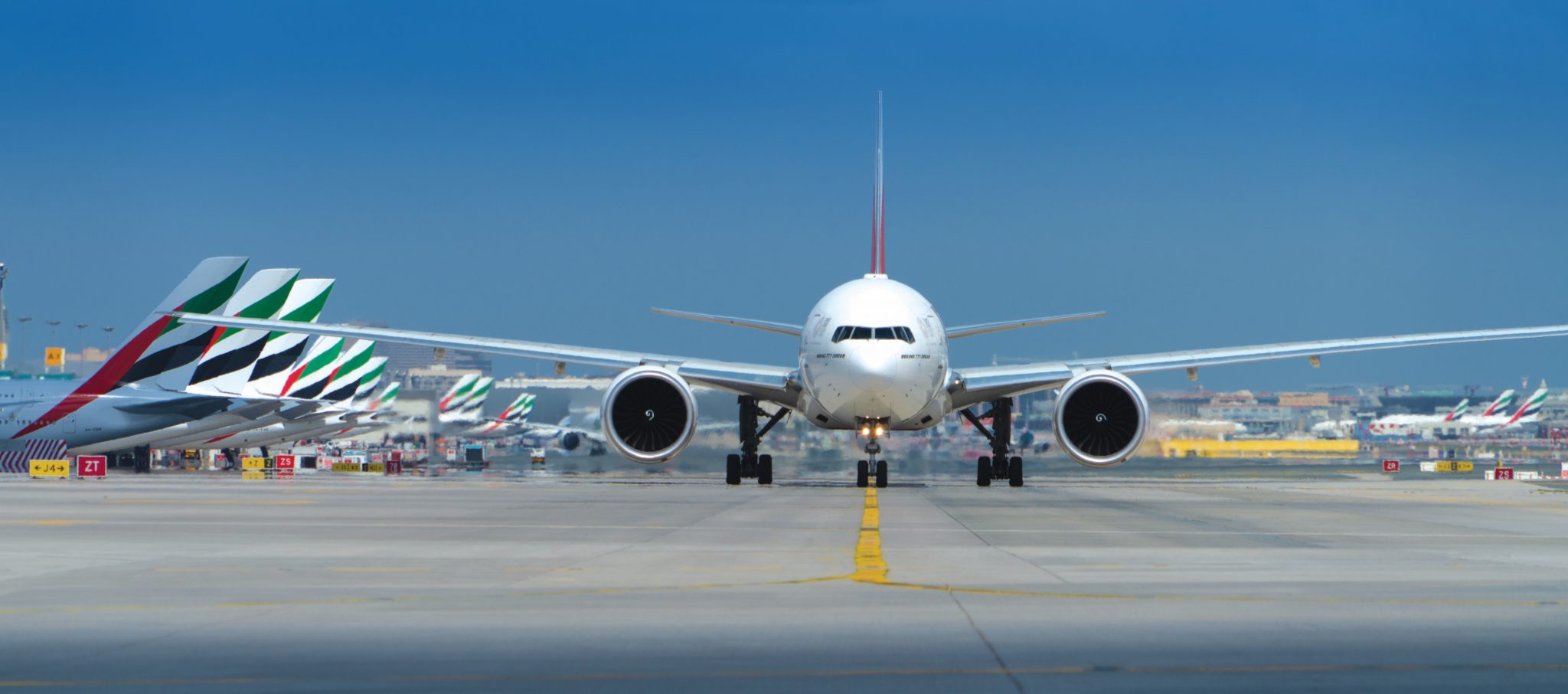
The Chairman of Emirates Airline has described the 2018/2019 financial period as “tough” and said “performance was not as strong as we would have liked” after the Emirates Group posted its annual results earlier today. Sheikh Ahmed bin Saeed Al Maktoum, the Chairman and Chief Executive of the Dubai-based Emirates blamed higher oil prices, a strong U.S. dollar and “stiff” competition for profits at the main airline brand dropping 69% on last year to just $237 million.
“Our financial year 2018-19 was an interesting period of contrasts and challenges for the aviation industry. While global passenger traffic was up through the year, it was buffeted by shifting economic realities and geopolitics,” explained Sheikh Al Maktoum.
Amongst other factors, he also blamed Brexit, geopolitical “posturing”, stiff competition and a weakening travel demand in the Gulf region for Emirates’ poor performance. Unlike in recent years, Emirates’ air cargo business has also weakened.
Perhaps making a dig at Qatar Airways, Sheikh Al Maktoum criticised unnamed competitors who undercut Emirates’ fares at all costs…
“Competition in the aviation industry was stiff globally, and more so regionally. Our regional competitors constantly snapped at our heels, with a one-point business plan to always undercut Emirates’ fares at all costs. Unlike some, we must operate on a commercial basis.”
In some areas, performance had actually improved on the previous year. Passenger yields were up 3% and annual revenues increased by 6% but these gains were all but wiped out by a sharp 22% rise in jet fuel prices. According to Emirates, fuel now accounts for 32% of all if its operating costs – at present, jet fuel is hovering around the $80 per barrel region, whereas Emirates thinks it will have to drop to $60 or less for the airline to make a decent profit.
While overall capacity increased by 3.1%, the number of passengers carried increased by just 0.2% and the average load factor dropped nearly an entire point to 76.8%. During the course of the year, Emirates retired 11 older aircraft but took delivery of 13 brand new planes, bringing its fleet size to 270 aircraft which have an average age of just 6.1 years.

Emirates will take delivery of the final 14 Airbus A380’s it has on order through 2021 and will then transition to a combination of Airbus A330-900’s and A350-900’s. Interestingly, Emirates also has an order with Boeing for 787-10 Dreamliners but the fact that the airline no longer makes any mention of this order would suggest this aircraft type will be quitely dropped.
Emirates, though, will maintain its relationship with Boeing when it starts taking delivery of the 777X next year – Emirates is already the world’s largest operator of the Boeing 777.
While the total workforce across the entire Emirates Group increased by 2%, that number actually dropped by 3% at the mainline airline brand. Emirates said that was mainly down to natural attrition and job losses only affected non-operational roles.
“It’s hard to predict the year ahead, but both Emirates and dnata are well positioned to navigate speed bumps, as well as to compete and succeed in the global marketplace,” Sheikh Al Maktoum concluded.
Today’s financial results mark Emirates’ 31st consecutive year of reported profits. Critics claim the airline has received billions of dollars in government subsidies but it’s probably clear by now that Emirates scaled itself to such an extent that it is financially independent and actually contributing to Dubai’s financial security.
Related
Mateusz Maszczynski honed his skills as an international flight attendant at the most prominent airline in the Middle East and has been flying ever since... most recently for a well known European airline. Matt is passionate about the aviation industry and has become an expert in passenger experience and human-centric stories. Always keeping an ear close to the ground, Matt's industry insights, analysis and news coverage is frequently relied upon by some of the biggest names in journalism.







